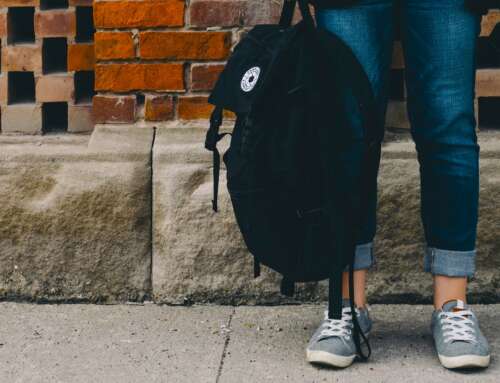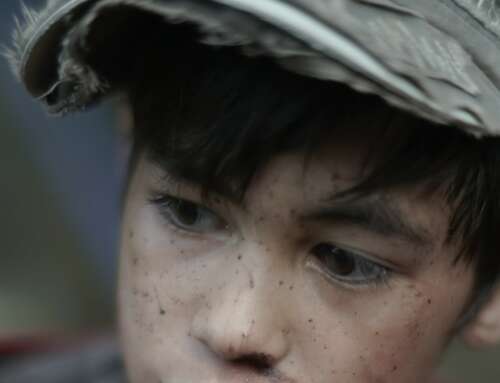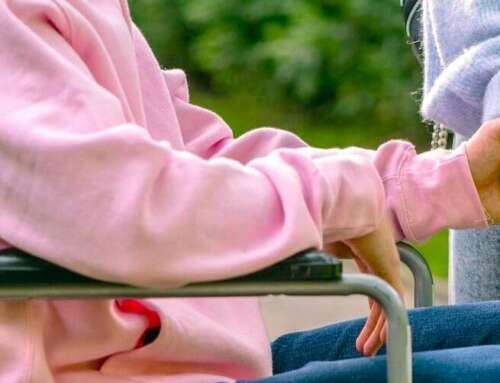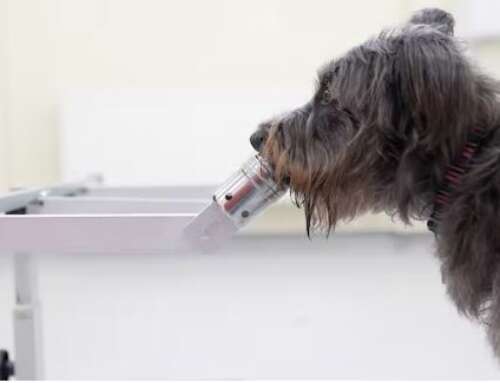My son, Aiden Dennis, was diagnosed with Attention Deficit Hyperactivity Disorder (ADHD) at age 5. He is now 11 years old and, with a little inspiration from a waffle, he’s also the author of an award winning book that aims to help other neurodiverse kids like himself. This is his story, but it’s also mine.
The early years
While I saw the differences between Aiden and other children his age, it wasn’t apparent that there was an issue until he started school. Socially, he had no problems. He was kind, made people laugh, and made friends easily. Academically, however, kindergarten required him to sit still, be quiet, follow instructions, and stay focused on the task at hand. These skills did not come naturally to him.
Emails from his teacher arrived almost daily – he didn’t pay attention, he talked all the time, he ignored instructions, he never got his work done on time, and he distracted other students. The message became clear – my kid was “the problem child.”
How Aiden felt
• How come I’m the only one in trouble?
• Why can’t I be like other kids?
• What’s wrong with me?
• I hate school.
• I’m a bad kid.
• I’m a failure.
How I felt
• How come we’re the only ones struggling?
• Why can’t he behave like other kids?
• What am I doing wrong?
• Is this ever going to get easier?
• I’m a bad mom.
• I’m a failure.
The diagnosis
Midway through kindergarten, we moved, giving Aiden a fresh start at a new school. His new teacher recognized the symptoms of ADHD immediately, and urged me to talk to his pediatrician. I remember her saying, “He’s not a bad kid; he’s struggling. He’s smart and funny and wants to do well. There’s help out there, you just have to go and get it.”
Her words brought me hope, and within the month Aiden was diagnosed with ADHD (combination type –including inattention, impulsivity, and hyperactivity). We began treatment right away.
Aiden’s performance in school improved immediately and drastically. While he still struggled, it was less often, and these new strategies helped – separate him from distraction, move him to the front of the classroom to help him focus, give him “brain and body breaks” when he gets overwhelmed, and never…EVER…take away recess or time for physical activities as a consequence. Each year as the requirements in school evolve, we learn new techniques to help him and he learns ways to help himself. With every hurdle he faces he gains more confidence and becomes more self-sufficient. Instead of ADHD owning him, he is learning to own it.
– Angela Butler, Today’s Kids in Motion Magazine
Read more: One Boy’s Journey with ADHD…and Waffles
Feature photo by nabil boukala on Unsplash







Leave A Comment